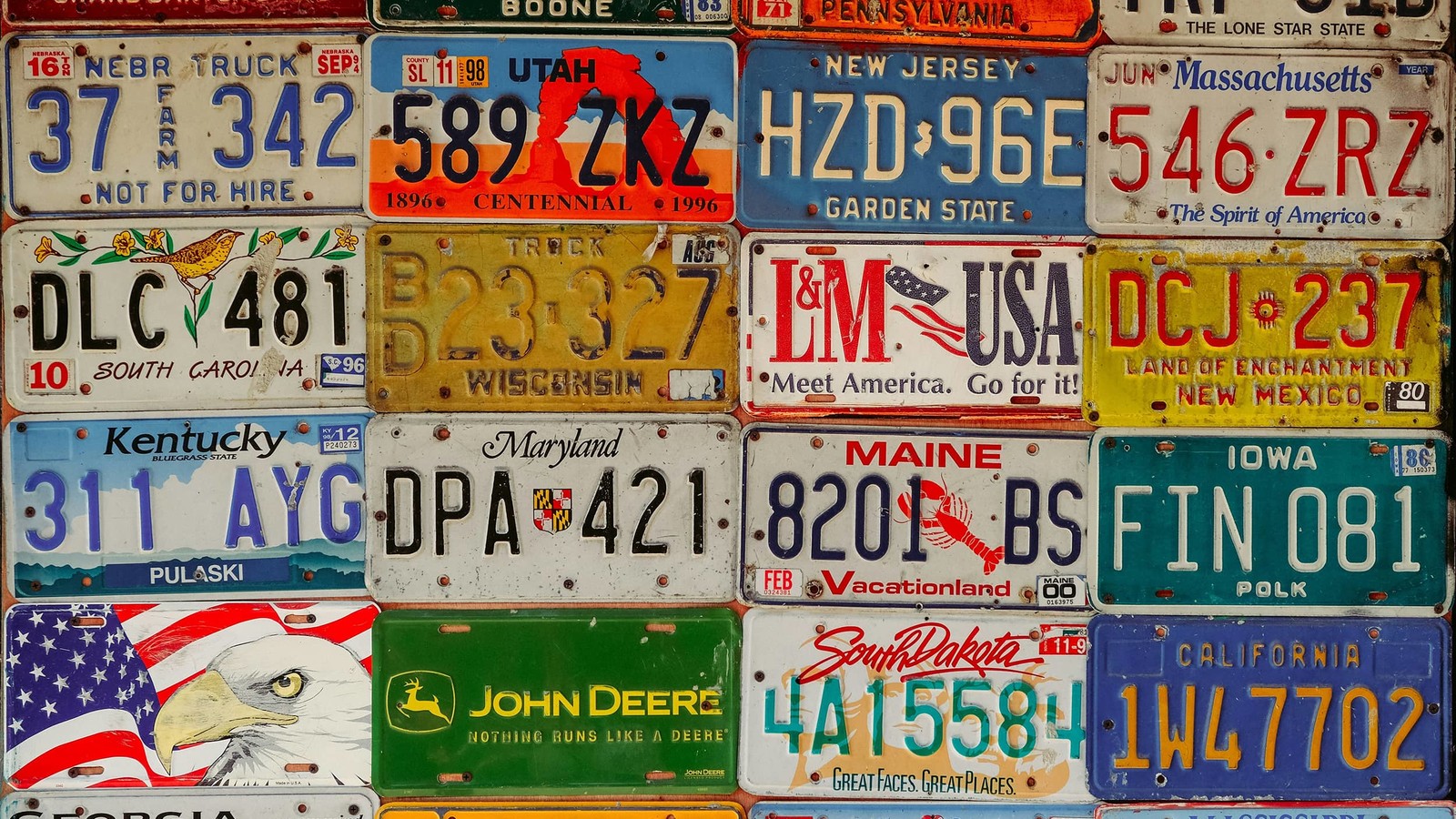
What Makes a License Plate Worth $675,000?
Delaware’s low-number tags yield astronomical prices, revealing the premium people will pay for symbols of status and exclusivity.
Based on research from Alexander Butler, Bruce Carlin, Alan Crane, Boyang Liu (Novartis Corp.) and James Weston
Key findings:
- Low-number Delaware plates sell for very high prices — purely because they’re limited and exclusive.
- The huge aggregate market for these plates suggests that status represents a sizable portion of wealthy consumer spending.
- Even during times of financial crisis, status symbols maintain their value.
For many people, nothing signals social rank like an exclusive luxury item — a Dior handbag, for example, or a Swiss OMEGA watch. However, in Delaware, people are willing to pay enormous sums for a very different token of prestige: low-number license plates.
The state of Delaware has issued numerical plates since 1910. Plate numbers 1 through 3 are reserved for top government officials. But from 4 onward, tags are assigned to vehicle owners in perpetuity, and vehicle owners are allowed to transfer them to others. This transferability makes low-number plates a scarce and extremely valuable positional good. (It also makes the DMV a relatively exciting place to visit.) In 2008, the number 6 plate sold at auction for $675,000 — a bargain by 2024 standards. Today, even a four-digit plate can yield tens of thousands of dollars.
Delaware license plates present a unique opportunity to study the market value of social status. Unlike pricey handbags and watches, which are differentiated by quality, marketing and cultural trends, there’s no material difference between low- and high-number DEL tags. In terms of their purpose, substance and appearance, numerical plates are all fundamentally the same. But their linear order creates a vast disparity in how much people will pay for one over another.
Low-Number Plates Are a Pure Status Symbol
Symbols that signal social status include fine art, diamond rings and high-end cars. But because these goods have a certain usefulness — to beautify the inside of your home, say — they interfere with any attempt to study the value of social status as its own category of asset.
Given that low-number Delaware license plates serve no added utility, their vibrant secondary market provides the perfect condition for isolating the value of status. To this end, a research team including Rice Business professors Alex Butler, Bruce Carlin, Alan Crane and James P. Weston analyzed data from over 800 Delaware plate sales.
Averaging the sales, they found that non-commercial five-digit plates sold for around $870. Dropping a digit bumped the average to nearly $11,000. Dropping another two digits skyrocketed sales to an average of $212,000. These price differentials aren’t based on aesthetic appeal. And they do not correlate to vehicle quality. Very often, cars displaying low-number plates are worth far less than the plates themselves.
According to the researchers, these price jumps are due to the “conspicuous consumption” effect that emerges at each of the digit thresholds. The lower your plate number, the closer you are to being viewed as “old money,” politically connected and tremendously wealthy. The objects themselves are not worth much — what’s valuable is the message they send to others.
The Economics of Social Status
What happens during an economic slump? Surely, the value of low-number plates will decrease? On the contrary, the researchers found that the demand for these plates seems immune to overall market conditions. Prices remain constant, even during financial crises, hinting that for status buyers, money is no object. This suggests that the value of social status is seemingly independent from the ebbs and flows of economic life.
The market for low-digit plates displays hallmarks of a Veblen good, where demand increases with price. Veblen goods are seen as an indicator of prestige and exclusivity. Their high prices are not necessarily driven by any inherent usefulness or material value. Rather, high prices make a good more exclusive, conferring status on their owners as members of an elite group. The more expensive these plates become, the more desirable they are to wealthy consumers who see the price as a sign of high standing.
Aggregating the total market for Delaware tags, the researchers estimate that the sheets of metal numbered 10 (two digits) to 99999 (five digits) are worth roughly $227 million. This figure amounts to about 0.4% of the Delaware GDP — which doesn’t seem like much. However, the researchers reasonably infer that this number represents a small portion of total status spending. After all, license plates are one of many ways that consumers can conspicuously signal their social rank. There are many more traditional methods, such as wearing luxury goods, joining expensive clubs and making large philanthropic donations.
Key Takeaways for Social Status Marketing
So, what insights could brands and organizations glean from the high-end market of low-number Delaware plates?
First, these objects empirically quantify peoples’ yearning for status. Plate prices reveal that buyers are willing to pay substantial sums to broadcast an elite persona. Brands and business owners should note these status-seeking dynamics when introducing new luxury products and services. Prestige pricing and scarcity tactics can make offerings seem more exclusive.
And second, the study suggests the economic value of identity for status-strivers. Social rank is prized across societies, regardless of price or practicality. Even during financial turmoil, wealthy consumers still covet symbols that convey elite membership.
Butler, et al. “The value of social status.” Economics Letters Vol. 206 (September 2021): https://doi.org/10.1016/j.econlet.2021.109966.
Never Miss A Story


